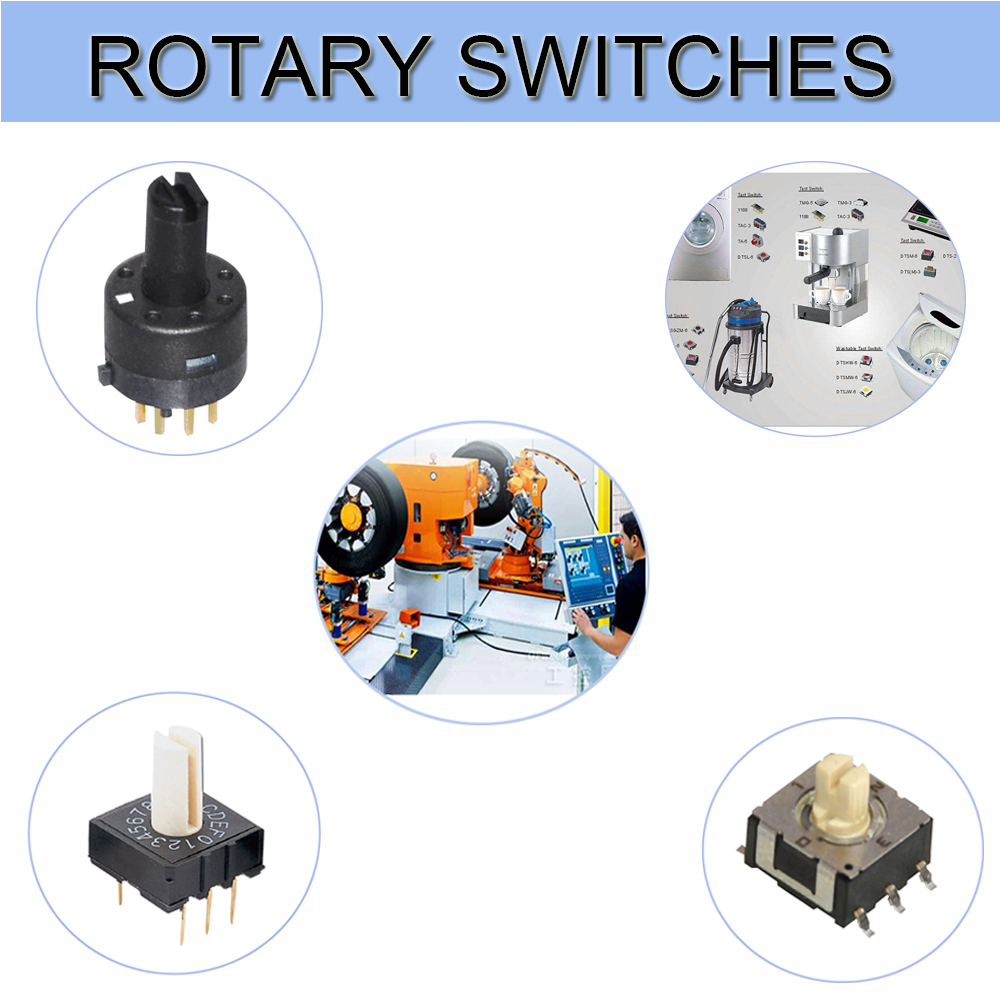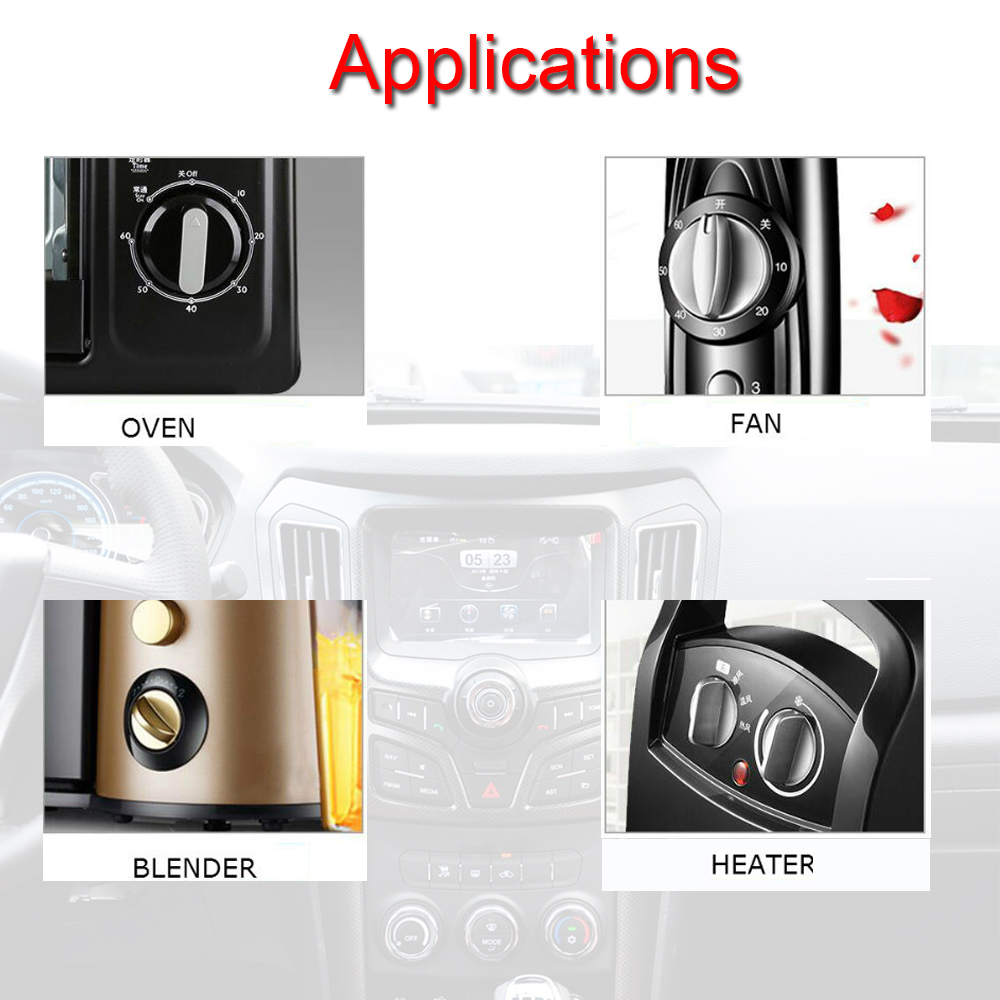In today's digital era, data has become the lifeblood of businesses, driving innovation and decision-making. At the heart of this transformation are enterprise data centers, where the efficient utilization of data is essential for maintaining competitive advantage. To fully harness the power of data, companies rely on high-performance computing hardware, advanced storage solutions, and fast, reliable networking infrastructure. Each technological advancement in these areas can trigger a chain reaction, much like a domino effect. As computer processing power continues to grow, so does the need for equally advanced storage technologies—such as flash memory, software-defined storage, and converged storage systems. Meanwhile, the network, one of the three core components of the data center, must evolve alongside these developments to enable a qualitative leap in system performance.

In the networking domain, QLogic has long been a leader, consistently pushing the boundaries of network technology. Recently, QLogic partnered with Brocade to showcase the industry’s first NVMe over Fabrics solution using Fibre Channel (FC) as the transport network. This solution is based on the NVM Express over Fabrics draft specification and the FC-NVMe draft standard developed by the NVM Express, Inc. organization in collaboration with T11.
NVMe, an efficient storage protocol, has gained widespread support from flash, server, and storage vendors, with a mature ecosystem now in place. It provides a standardized way to access PCIe SSDs, reducing latency and simplifying command sets, which leads to significant performance gains and secure, end-to-end data protection. As flash technology evolves, more efficient network storage protocols have emerged, and NVMe over Fabrics is at the forefront of this movement.
Although not a new concept, NVMe over Fabrics has seen significant progress since 2014, when FCIA established a working group with the INCITS T11 committee to develop standards for its implementation. This marked a key milestone in the development of the technology. At the FMS2015 conference, manufacturers had already demonstrated early versions of NVMe over Fabrics. QLogic and Brocade’s FC-NVMe solution offers an effective way to leverage PCIe SSDs in large-scale storage environments while preserving existing investments in low-latency flash storage on mature FC architectures. This enables more efficient sharing, pooling, and management of NVMe storage resources.
QLogic and Brocade’s proof of concept (POC) for FC-NVMe aims to deliver lower latency, higher performance, and a more robust architecture for flash storage. According to Vikram Karvat, Vice President of Product, Marketing, and Planning at QLogic, “Next-generation data-intensive workloads are leveraging low-latency NVMe flash storage to meet growing user demands. By combining lossless Fibre Channel with NVMe, FC-NVMe will significantly enhance the performance and scalability of next-generation data centers, reduce application response times, and make use of existing Fibre Channel infrastructure. Working with industry leaders, we aim to bring substantial operational benefits to data center operators and IT managers over time.â€
Jack Rondoni, Vice President of Storage Networking at Brocade, added, “The introduction of FC-NVMe is critical to the future of data centers. As a key contributor to the T11 FC-NVMe architecture, Brocade is leading the charge. As data centers continue to evolve, Fibre Channel-based technologies will keep advancing. Fibre Channel plays a vital role in connecting flash-based devices, and FC-NVMe will further accelerate this growth.â€
Amber Huffman, President of NVM Express, Inc., said, “We are pleased to see the demonstration of NVMe over Fabrics using Fibre Channel. We are excited to collaborate with the T11 standards organization to develop a strong, tailored standard that fits the Fibre Channel environment perfectly.â€
Seamus Crehan, President of Crehan Research, noted, “FC-NVMe extends the value of existing Fibre Channel investments, allowing data centers to continue benefiting from tens of billions of dollars in FC devices. With the ongoing growth of FC-connected flash storage, the longevity and sustainability of future FC connectivity in data centers are assured.â€
Rotary Switch
Rotary Switches
The Rotary Switches, different with Key Switches, Metal Switches, Toggle Switches and Automotive Switches, is mainly installed on liquid and gas pipelines to regulate the flow and pressure of liquids and gases. When used, turn the handle to drive the adjusting nut to rotate, and connect the left-hand thread of the valve through the left-hand thread. Drive the valve to move right or left to change the cross-sectional area of the right hole passage in the valve body cavity, so as to adjust the liquid and gas in the upper outlet pipe.

The Electrical Rotary Switch is a switch that controls the opening and closing of the main contact by rotating the handle.There are two types of rotary switches, namely a unipolar unit structure and a multi-pole multi-position structure. Unipolar unit rotary switches are often used in conjunction with rotary potentiometers in applications, while multi-pole multi-position rotary switches are often used for switching of operating line.
Multi Position Rotary Switch, because of its use, the overall use of sealed structure, there is a certain degree of waterproof effect, the basic can reach the IP67 waterproof level.At the same time need to use a more rigid and durable metal material, there are two or three files in the gear difference.

Rotary Switches,Rotary Switch 4 Position,Rotary Switch Types,Electrical Rotary Switch,Rotary Potentiometer Switch
YESWITCH ELECTRONICS CO., LTD. , https://www.yeswitches.com

